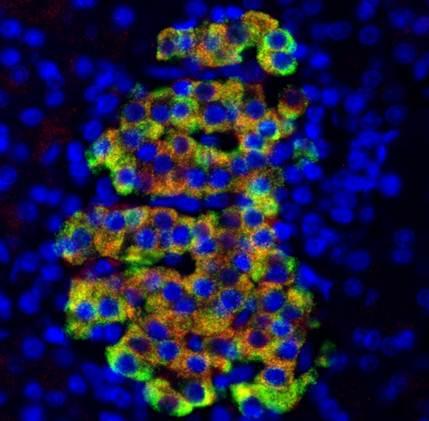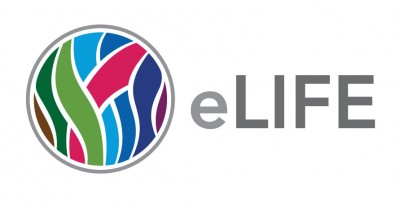Researchers at St. Michael’s Hospital identify which of the hundreds of available treatments are most likely to be effective and which are most likely to be cost-effective in treating complex wounds.

Deciding how to treat a complex wound is a bit like shopping at a supermarket: there’s a lot to choose from.
Complex wounds are a significant burden on patients and on the economy, costing the North American health-care system $10 billion a year. That doesn’t include indirect costs such as patient or caregiver frustration, economic loss and decreased quality of life.
Two new papers published today by researchers at St. Michael’s Hospital identify which of the hundreds of available treatments are most likely to be effective and which are most likely to be cost-effective.
“There are numerous treatments available but only a few were consistently effective or cost-effective when we looked at all the high-quality existing literature,” said Dr. Andrea Tricco, the lead author and a scientist in the hospital’s Li Ka Shing Knowledge Institute. “Clinicians and patients can use our results as a guide toward tailoring effective treatment. Decision-makers can use these results to maximize the use of clinically effective and resource-efficient interventions.”
Complex wounds are those that have not healed for three months, are infected, have compromised the viability of surrounding tissue or are associated with some other condition that is impairing normal healing. At least one per cent of people living in high-income countries will experience a complex wound in their lifetime.
Continue Reading Below ↓↓↓
The main types of complex wounds include those resulting from chronic disease such as diabetes or venous insufficiency, pressure ulcers and non-healing surgical wounds.
One of the papers published online today in the journal BMC Medicine looked at 99 systemic reviews of wound care treatments. Dr. Tricco, who has a PhD in population health , found that ultrasound and hydrogel dressings were effective for diabetic leg or foot ulcers, while hydrocolloid dressings, electrotherapy, air-fluidized beds and alternate foam mattresses were effective for pressure ulcers. These results were based on the highest quality systematic reviews.
The second paper looked at 59 cost-effectiveness analyses and identified cost-effective interventions for complex wounds from high quality cost-effectiveness analyses.
For diabetic ulcers, these were cadexomer iodine ointment, filgrastim, intensified treatment, staged management diabetes foot program, ertapenem, ampicillin/ sulbactam, skin replacement, promogran dressing, and becaplermin gel. For pressure ulcers, these were moisture vapor permeable dressing, hydrocolloid dressings, and other advanced dressings.
This research was funded by the Toronto Central Local Health Integrated Network.
Source: St. Michael’s Hospital












